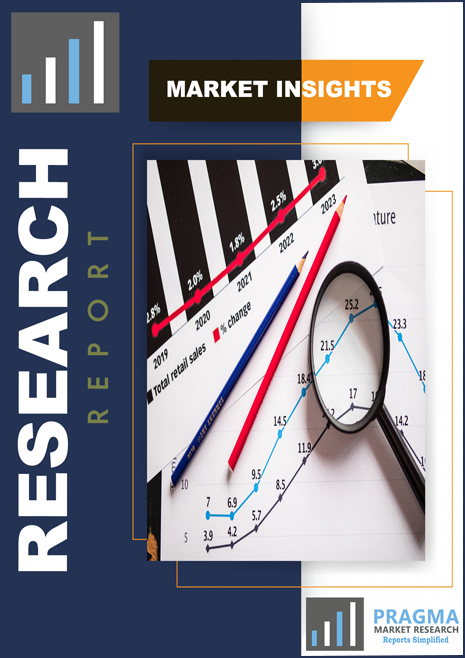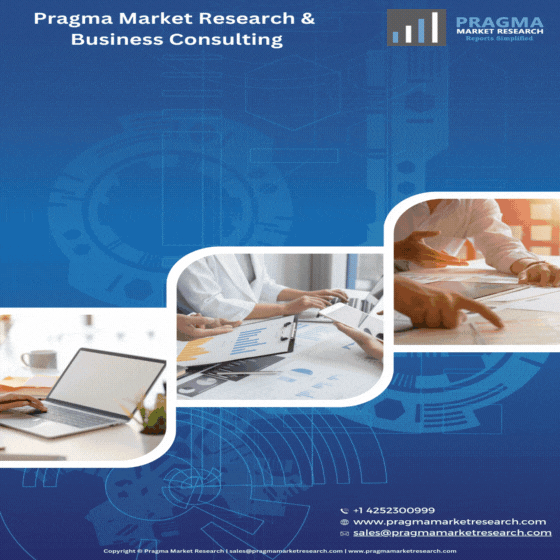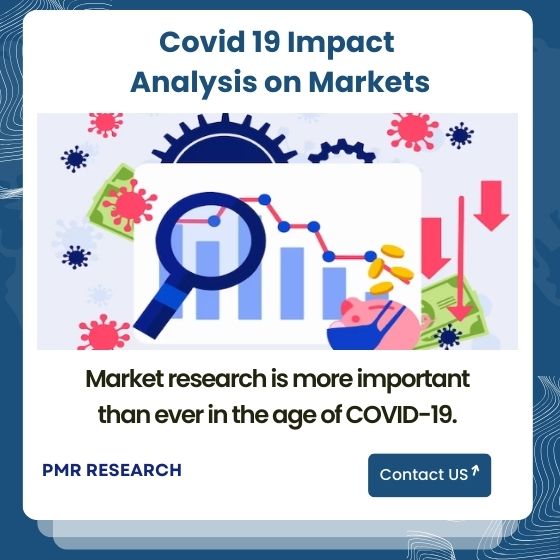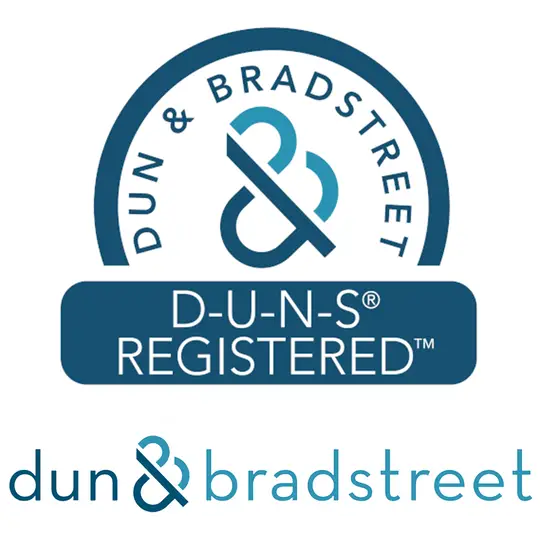

Market Executive Summary
REPORT HIGHLIGHT
The Pharmerging market is estimated to represent a global market of USD 543.9 billion by 2017 with growth rate of 15.7%.
Market Dynamics
The pharmerging industry covers the study for developing countries where the use of pharmaceuticals is rapidly growing and is projected to experience strong growth in the future period. Countries such as China, India, Brazil, Russia, and South Africa among others are considered under the research scope. Drug spending in these economies is increasing at a constant rate, making them attractive targets for drug manufacturers to invest in. For instance, as per the International Federation of Pharmaceutical Manufacturers & Associations, pharmerging economies account for around 50% of absolute growth in drug spending every year.
There is a constant rise of people affected by chronic disorders due to the lifestyle changes. The number of cardiovascular, cancer, respiratory and diabetes patients are increasing monumentally. For example, cardiovascular conditions such as strokes, coronary heart disease, rheumatic heart disease, and cardiomyopathy are expected to be the major causes of mortality and morbidity in developing countries across the world. As per the World Health Organization statistics, more than 80% of cardiovascular deaths occur in low to middle-income countries. Additionally, an aging population, higher standards of living and advancement in technologies in the medical sector have led to a sharp increase in life expectancy. As a consequence, longer-lived individuals will create upward pressure on demand for pharmaceuticals & healthcare services. All such facts would in turn open up a new market for healthcare treatment that have traditionally been targeted at developed region patients.
Product Types Takeaway
In terms of product types, the industry is divided into Pharmaceuticals and Healthcare. Pharmaceuticals segment is further categorized as Patented, Generic and Over-the-Counter Therapeutics. In 2017, generic pharmaceuticals recorded USD 198.7 billion and the segment is projected to grow with strong CAGR during the future period. Healthcare segment is bifurcated as Medical Devices, In-Vitro Diagnostics, and others.
Regional Takeaway
Geographically, the industry is broadly categorized into Tier I, Tier II and Tier III economies. Chinese pharmerging market covers under the Tier I category which is considered one amongst the highest revenue generating country. In 2017, this category has captured over 52% of the worldwide market. According to China?s Ministry of Finance (MOF), healthcare expenditure in the country has increased by 10% in 2017. Due to this fact, out-of-pocket spending for healthcare needs in China has decreased, as the penetration of insurance has increased. As of 2017, almost 95.0% of the population is enrolled in at least one public health insurance scheme.
Global Pharmerging Market, by Region, 2017 vs 2028
Tier II category include a detailed study for BRICS countries (except China) such as India, Russia, Brazil and South Africa. India and Brazil collectively accounted for over 60% revenue share of the countries considered under Tier II economy. As per the Pharmaceutical Export Promotion Council of India (PHARMEXCIL), the national pharmaceutical exports are projected to reach USD 20 million by 2020. The Indian pharmaceutical sector is highly fragmented with the presence of more than 15,000 manufactures. Tier III includes extensive qualitative and quantitative study for Turkey, Poland, Mexico, Argentina, Thailand, and Saudi Arabia. These countries represent a wide range of incomes, and GDP Mexico recorded USD 22.9 billion in 2017 and is projected to grow by over 8% CAGR during the study period.
Key Vendor Takeaway
Companies namely Pfizer, Inc., AstraZeneca, Roche, GE Healthcare, and Medtronic are actively operating in this industry. Attributes such as company overview, financials, product benchmarking and key initiatives were discussed separately. Key players are engaged in strategic collaborations to capture untapped market opportunities. For instance, in July 2017, AstraZeneca collaborated with Merck, Inc. to potential cancer therapeutic, MEK and PARP inhibitors in combination with PD-L1 medicines.
The market size and forecast for each segment and sub-segments has been considered as below:
Historical Year ? 2017 ? 2021
Base Year ? 2021
Estimated Year ? 2022
Projected Year ? 2028
TARGET AUDIENCE
Traders, Distributors, and Suppliers
Manufacturers
Hospitals
Government and Regional Agencies and Research Organizations
Consultants
Distributors
SCOPE OF THE REPORT
The scope of this report covers the market by its major segments, which include as follows:
MARKET, BY PRODUCT TYPES
Pharmaceuticals
Patented
Generic
Over-the-Counter
Healthcare
Medical Devices
In-Vitro Diagnostics
Others
MARKET, BY REGION
Tier I
China
Tier II
India
Russia
Brazil
South Africa
Tier III
Turkey
Poland
Mexico
Argentina
Thailand
Saudi Arabia
Table of Contents
TABLE OF CONTENT
1. PHARMERGING MARKET OVERVIEW
1.1. Study Scope
1.2. Assumption and Methodology
2. EXECUTIVE SUMMARY
2.1. Key Market Facts
2.2. Geographical Scenario
2.3. Companies in the Market
3. PHARMERGING KEY MARKET TRENDS
3.1. Market Drivers
3.1.1. Impact Analysis of Market Drivers
3.2. Market Restraints
3.2.1. Impact Analysis of Market Restraints
3.3. Market Opportunities
3.4. Market Future Trends
4. PHARMERGING INDUSTRY STUDY
4.1. Porter?s Analysis
4.2. Market Attractiveness Analysis
4.3. Regulatory Framework Analysis
5. PHARMERGING MARKET LANDSCAPE
5.1. Market Share Analysis
6. PHARMERGING MARKET ? BY PRODUCT TYPES
6.1. Overview
6.2. Pharmaceuticals
6.2.1. Overview
6.2.2. Market Analysis, Forecast, and Y-O-Y Growth Rate, 2017 ? 2028, (US$ Billion)
6.2.3. Patented
6.2.3.1. Overview
6.2.3.2. Market Analysis, Forecast, and Y-O-Y Growth Rate, 2017 ? 2028, (US$ Billion)
6.2.4. Generic
6.2.4.1. Overview
6.2.4.2. Market Analysis, Forecast, and Y-O-Y Growth Rate, 2017 ? 2028, (US$ Billion)
6.2.5. Over-the-Counter
6.2.5.1. Overview
6.2.5.2. Market Analysis, Forecast, and Y-O-Y Growth Rate, 2017 ? 2028, (US$ Billion)
6.3. Healthcare
6.3.1. Overview
6.3.2. Market Analysis, Forecast, and Y-O-Y Growth Rate, 2017 ? 2028, (US$ Billion)
6.3.3. Medical Devices
6.3.3.1. Overview
6.3.3.2. Market Analysis, Forecast, and Y-O-Y Growth Rate, 2017 ? 2028, (US$ Billion)
6.3.4. In-Vitro Diagnostics
6.3.4.1. Overview
6.3.4.2. Market Analysis, Forecast, and Y-O-Y Growth Rate, 2017 ? 2028, (US$ Billion)
6.3.5. Others
6.3.5.1. Overview
6.3.5.2. Market Analysis, Forecast, and Y-O-Y Growth Rate, 2017 ? 2028, (US$ Billion)
7. PHARMERGING MARKET? BY GEOGRAPHY
7.1. Introduction
7.2. Tier I
7.2.1. Overview
7.2.2. Market Analysis, Forecast, and Y-O-Y Growth Rate, 2017 ? 2028, (US$ Billion)
7.2.3. China
7.2.3.1. Overview
7.2.3.2. Market Analysis, Forecast, and Y-O-Y Growth Rate, 2017 ? 2028, (US$ Billion)
7.3. Tier II
7.3.1. Overview
7.3.2. Market Analysis, Forecast, and Y-O-Y Growth Rate, 2017 ? 2028, (US$ Billion)
7.3.3. India
7.3.3.1. Overview
7.3.3.2. Market Analysis, Forecast, and Y-O-Y Growth Rate, 2017 ? 2028, (US$ Billion)
7.3.4. Russia
7.3.4.1. Overview
7.3.4.2. Market Analysis, Forecast, and Y-O-Y Growth Rate, 2017 ? 2028, (US$ Billion)
7.3.5. Brazil
7.3.5.1. Overview
7.3.5.2. Market Analysis, Forecast, and Y-O-Y Growth Rate, 2017 ? 2028, (US$ Billion)
7.3.6. South Africa
7.3.6.1. Overview
7.3.6.2. Market Analysis, Forecast, and Y-O-Y Growth Rate, 2017 ? 2028, (US$ Billion)
7.4. Tier III
7.4.1. Overview
7.4.2. Market Analysis, Forecast, and Y-O-Y Growth Rate, 2017 ? 2028, (US$ Billion)
7.4.3. Turkey
7.4.3.1. Overview
7.4.3.2. Market Analysis, Forecast, and Y-O-Y Growth Rate, 2017 ? 2028, (US$ Billion)
7.4.4. Poland
7.4.4.1. Overview
7.4.4.2. Market Analysis, Forecast, and Y-O-Y Growth Rate, 2017 ? 2028, (US$ Billion)
7.4.5. Mexico
7.4.5.1. Overview
7.4.5.2. Market Analysis, Forecast, and Y-O-Y Growth Rate, 2017 ? 2028, (US$ Billion)
7.4.6. Argentina
7.4.6.1. Overview
7.4.6.2. Market Analysis, Forecast, and Y-O-Y Growth Rate, 2017 ? 2028, (US$ Billion)
7.4.7. Thailand
7.4.7.1. Overview
7.4.7.2. Market Analysis, Forecast, and Y-O-Y Growth Rate, 2017 ? 2028, (US$ Billion)
7.4.8. Saudi Arabia
7.4.8.1. Overview
7.4.8.2. Market Analysis, Forecast, and Y-O-Y Growth Rate, 2017 ? 2028, (US$ Billion)
8. KEY VENDOR ANALYSIS
8.1. Pfizer, Inc.
8.1.1. Company Overview
8.1.2. SWOT Analysis
8.1.3. Key Developments
8.2. AstraZeneca
8.2.1. Company Overview
8.2.2. SWOT Analysis
8.2.3. Key Developments
8.3. Roche
8.3.1. Company Overview
8.3.2. SWOT Analysis
8.3.3. Key Developments
8.4. GE Healthcare
8.4.1. Company Overview
8.4.2. SWOT Analysis
8.4.3. Key Developments
8.5. Medtronic
8.5.1. Company Overview
8.5.2. SWOT Analysis
8.5.3. Key Developments
*Client can request additional company profiling as per specific requirements
9. 360 DEGREE ANALYSTVIEW
10. APPENDIX
10.1. Research Methodology
10.2. Abbreviations
10.3. Disclaimer
10.4. Contact Us
List of Figures
List of Figures
Figure 1 Research Methodology
Figure 2 Research Process Flow Chart
Figure 3 Comparative Analysis, by Geography, 2017-2028 (Value %)
Figure 4 Regulatory Framework Analysis
Figure 5 Pharmerging Market, by Product Types, 2017 ? 2028 (USD Billion)
Figure 6 Pharmerging Market, by Geography, 2017 ? 2028 (USD Billion)

This report focuses on:
► Intelligent insights to take informed business decisions.
► Qualitative and quantitative analysis of the market.
► Market size and forecasts from 2024 to 2030.
► Opportunities for expansion and in-depth market analysis.
► Segmentation and regional revenue forecasts.
► Analysis of the market share and competitive landscape.
► Strategic recommendations for future growth.
You'll also receive:
► A comprehensive market research report in PDF or PPT formats.
► Access to our analysts to learn more about the report and get answers to your specific business questions.
► The option to customize the report to meet your specific needs, such as adding more countries or regions or developing abusiness case to launch a new product.



